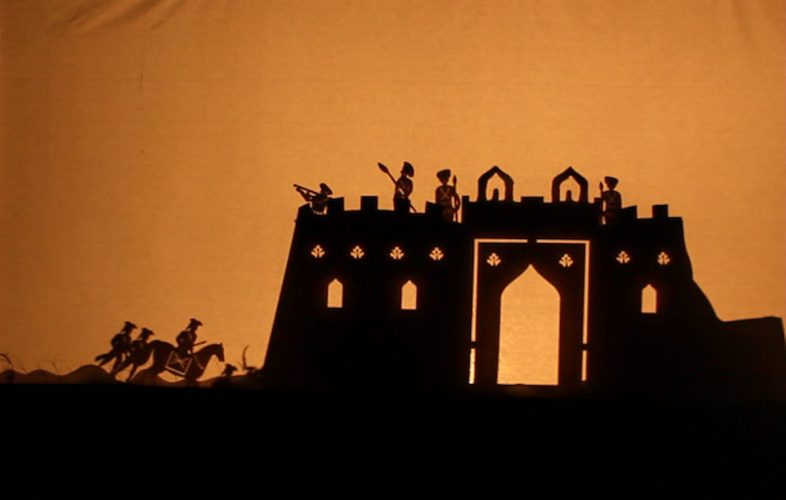A walk through your city will point you to the cultural treasures of the past, making you wonder about the kind of artists and architects who lived at the time and the kind of art they left behind. One can’t help but feel protective about these structures, as they hold so much about our past and our rich history. After all, our heritage isn’t just old structures that stand tall, but a reminder of the struggles and progresses of our ancestors. And these heritage buildings can’t just be left to wither, but must be preserved to honour the values and traditions passed down from earlier generations. This is where a degree in Heritage Design & Conservation comes into play.
The need for heritage conservation
India boasts a remarkable cultural heritage, from the ancient caves at Ajanta and Ellora, to remarkable Mughal architecture like the Taj Mahal and the Red Fort to the modern churches that line the lanes of Goa. These marvellous structures provide us an insight into our rich history, and the artistic prowess of our ancestors. Moreover, it also gives us the glimpse into the societal structure of the times before us and also an idea into how various cultures melded together to what it is today.
The unfortunate fact is that the country’s architectural heritage may be under threat due to negligence, lack of expertise, and a diminishing appreciation for its value, which is why the onus to keep our history alive is on the youth of today. In managing, understanding and interpreting the works of yesterday, we not only preserve our past but also use it to give ourselves a more beautiful future.
Heritage observation also promotes better economic benefits due to an increase in revenue through tourism and the likes. It is also environmentally friendly as in working towards the preservation of older buildings, rather than tearing them down and building new ones, the amount of waste generated is significantly lesser.
Master of Design in Heritage Design and Conservation
Now more than ever, it is important to introduce innovative concepts and methods to work towards the conservation of our architectural and urban heritage. And Srishti Manipal is one such institute that encourages this practice through a faculty of industry experts, studio-based learning, workshops and so much more. Through this program, the students are encouraged to understand the various architectural systems in place and work towards fresh strategies to conserve the same.
The focus isn’t just on heritage conservation, but also on how the cultural and natural heritage places can be studied to better understand the knowledge and principles of their design. Thus, they manage to enrich the existing creative practices with history, culture, ecology, tradition, community, and craft.
Furthermore, students are also equipped with the knowledge and skills to jump through the various hoops that are in place when it comes to heritage conservation.
Life after completing a heritage designing degree
By the time they graduate, students have a better understanding of the world views and values, thanks to the inquiry-led learning approach used by Srishti Manipal. Since the course covers a vast range of topics like crafts-based communities and their intergenerational practices, heritage-based economies, national and international level legislation and policy relating to heritage management and so much more, the students can find themselves in different disciplines with the common goal being to preserve our history.
By the end students can either pursue higher studies, or find where they fit in in the professional ecosystem surrounding cultural heritage. They can join cultural organisations, government bodies, not-for-profit initiatives, art and design practices, research institutions and others. Their opportunities would include advocacy, arts, conservation, knowledge centres, media and tourism.
If you wish to develop your career in heritage conservation and design then a M.Des at Srishti Manipal is the way to go, thanks to their inclusive syllabus and holistic learning system.
To learn more about the M.Des program at Srishti Manipal, click here.
To enrol at Srishti Manipal, you must pass the SMEAT examination, an assessment test to gauge a student’s artistic skills, goals and how it all aligns with the Srishti ecosystem. For more information on SMEAT, you can visit the Srishti Manipal website.
Admissions for the academic year 2023-24 have commenced. Click here

